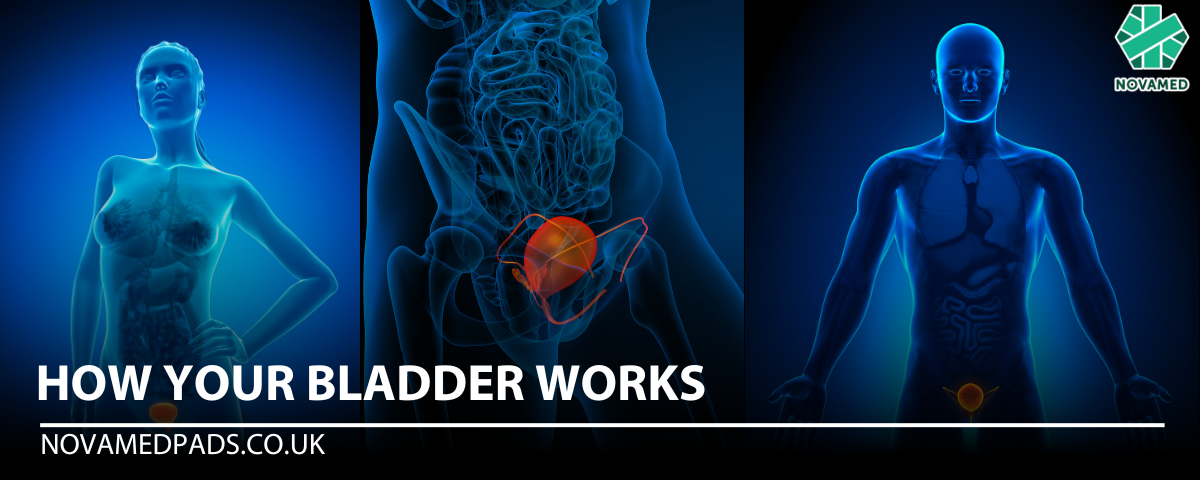
Urine Infections: Symptoms, Causes, and Treatment Options
Urine infections, also known as urinary tract infections (UTIs), are common, affecting about 25% of males and 3% of females at some point in their lives. These infections can be uncomfortable and, in some cases, severe. In this blog, we will explore the symptoms, causes, and treatments for urine infections and other related conditions such as bladder stones and kidney infections.
Symptoms of Urinary Tract Infections (UTIs)
Typical UTI symptoms include:
- A strong, persistent urge to urinate
- Fever or chills
- Pain or vaginal bleeding/discharge
In many cases, the infection is less severe and resolves on its own within a few days. However, if you’ve been experiencing frequent urges to use the bathroom for more than four hours with little to no results, you might be suffering from a bladder infection. Such infections can often resolve on their own without treatment.
However, antibiotics are sometimes necessary to prevent complications like kidney damage caused by untreated UTIs.
Causes of Urine Infections: Blockages and Stones
A urinary blockage is one of the common causes of a persistent urge to urinate. If left untreated, this can lead to a urinary tract infection. A bladder stone is a painful condition where minerals like calcium and magnesium form crystals in the bladder, eventually blocking the passage of urine. These stones can obstruct the urethra, making it difficult to urinate.
Treatment for Bladder Stones
Treatment options for bladder stones include:
- Increased fluid intake to help flush the bladder
- Medications to dissolve smaller stones
- Surgical intervention for larger stones
Understanding Ureteral Stones and Retrograde Ureterolithiasis
When stones migrate from the kidney through the ureter into the bladder, it’s known as retrograde ureterolithiasis. If there is no obstruction in the urethra, the stone may pass naturally during urination without the need for treatment. However, if symptoms like blood in the urine, ongoing pain, or infections occur, medical intervention may be necessary.
Kidney Stones (Renal Stones)
Kidney stones, also called renal stones, can form in any area of the kidney, but are commonly found in the renal pelvis. Symptoms of kidney stones include:
- Flank pain
- Abdominal pain
- Nausea and vomiting
- Fever or chills
Treatment for kidney stones depends on their size and location, ranging from medications to increase urinary output, dietary changes, shock wave lithotripsy, ureteroscopy, or percutaneous nephrolithotomy.
Retained Placenta and Post-Childbirth Urinary Complications
In some women, a blockage in the urinary tract may occur after childbirth, known as a retained placenta. This condition happens when the placenta remains in the reproductive tract after vaginal delivery. If the placenta becomes attached to surrounding tissues, such as the ureter or vagina, this can lead to urinary tract infections or blood in the urine. Treatment typically involves the surgical removal of the placenta.
Foreign Objects in the Urethra
A urethral foreign body is an object either inserted into the urethra intentionally or accidentally. Removal of these foreign objects often requires medical intervention. Depending on the object’s size and location, medical professionals may use forceps, irrigation, or surgical procedures.
Preventing and Treating Urinary Tract Infections
A urologic infection refers to any infection that develops within the urinary system. There are many types of urologic infections, with the most common being cystitis—a type of bladder infection. Cystitis occurs when bacteria travel up the urethra and infect the bladder wall.
Common UTI Symptoms:
- Painful urination
- Frequent urination
- Blood in the urine
UTI Treatment and Prevention
Treating UTIs usually involves antibiotics, increased fluid intake, and, in recurrent cases, lifestyle changes to reduce the risk of future infections. If left untreated, a UTI can lead to more severe complications, including kidney infections.
Conclusion
Urine infections, whether they are UTIs, bladder stones, or kidney stones, can range from mild to severe. Recognizing the symptoms early and seeking appropriate treatment is essential in preventing complications. Always consult a healthcare professional for proper diagnosis and treatment.
Feel free to explore our full range of incontinence solutions here!
Bladder and bowel incontinence may be caused by conditions which can be treated medically. Please consult your physician for medical advice and guidance.




